Mobile Patient Lifts for Bathing: Enhancing Quality of Life for Individuals with Mobility Issues
IIntroduction
Bathing can be a challenging daily routine for individuals with mobility issues, highlighting the need for safe and effective solutions. Mobile patient lifts represent a transformative solution, greatly enhancing the quality of life by offering:
- Safety: Reducing the risk of injuries during transfers.
- Convenience: Simplifying the process of moving to and from the bath.
- Comfort: Ensuring a comfortable and dignified experience.
- Independence: Enabling users to participate actively in their own care.

Section 1: What are Mobile Patient Lifts?
Mobile Patient Lifts are essential assistive devices designed to facilitate the safe and efficient transfer of individuals with limited mobility. These lifts play a critical role in healthcare and home settings, ensuring that patients can be moved smoothly and comfortably from one position to another, particularly into and out of bathtubs. By mechanically lifting and lowering individuals, these devices help mitigate the physical strain on both the patient and their caregivers, making it an invaluable tool for enhancing accessibility and promoting independence. With various models available, including hydraulic, electric, and ceiling-mounted options, mobile patient lifts cater to a wide range of needs and preferences, providing tailored support to maintain the dignity and well-being of users.
Types of Mobile Patient Lifts
- Hydraulic Lifts: Operate manually using a hydraulic cylinder.
- Electric Lifts: Powered by batteries, offering smoother operation.
- Ceiling Lifts: Mounted on overhead tracks for space efficiency.
- Stand-Up Lifts: Assist patients in transitioning from sitting to standing.
Key Features
- Adjustability: Lifts can be adjusted to various heights.
- Portability: Many models are designed to be easily moved across locations.
- Ease of Use: Simplified controls make operation straightforward.
- Weight Capacity: Designed to accommodate different weight limits.
Section 2: The Benefits of Using Mobile Patient Lifts for Bathing
Safety
Mobile patient lifts are engineered to ensure the utmost safety of individuals with mobility impairments by providing a secure way to assist in the bathing process. These devices play a crucial role in minimizing the risk of falls and injuries, not just for patients but also for the caregivers involved. The use of a lift reduces the physical strain on both parties, preventing accidents that can occur when transferring a patient manually. By offering features such as sturdy slings and reliable lifting mechanisms, these lifts ensure a stable and controlled transfer into and out of bathtubs, thus significantly enhancing the safety within bathroom environments where slips are common.
Comfort
Mobile patient lifts are meticulously designed to prioritize the comfort of users during transfers. These devices facilitate a smooth and gentle movement into and out of bathtubs, which is critical in avoiding discomfort that often comes with manual lifting. The ergonomic features of patient lifts, such as padded slings and adjustable settings, allow for a personalized fit that accommodates the specific comfort needs of each user. This careful consideration in design helps in alleviating anxiety and stress that individuals might feel during the transfer process, making the bathing experience more pleasant and dignified.
Independence
The use of mobile patient lifts can greatly enhance the independence of individuals with mobility challenges by facilitating more active participation in their own personal care routines. This autonomy is especially significant in maintaining the morale and mental health of users, as it allows them to engage in essential daily activities like bathing without complete reliance on a caregiver. With the ability to operate or direct the operation of their lift, patients can decide when and how they prefer to bathe, fostering a sense of control and normalcy in their lives. This level of independence not only helps in preserving the patient's dignity but also promotes a more sustainable caregiving arrangement by alleviating the physical demands on caregivers.
Psychological Benefits
Beyond the practical advantages, mobile patient lifts offer significant psychological benefits. The dignity preserved by using such a device cannot be overstated; it allows individuals to maintain a level of personal hygiene independently, which is crucial for self-esteem and overall mental well-being. Moreover, the enhanced morale that comes from being able to manage one's own bathing process without full dependency on others contributes positively to mental health. The psychological comfort of knowing that one can safely access and use the bathroom with dignity provides a profound sense of security and satisfaction, which is essential for a high quality of life.
These expanded sections should help provide more depth and insight into the advantages of using mobile patient lifts, highlighting their critical role in enhancing the bathing experience for individuals with mobility issues.
Section 3: Choosing the Right Mobile Patient Lift
Factors to Consider
- Weight Capacity: Ensure the lift can support the weight of the user.
- Maneuverability: Look for lifts that are easy to move around in your space.
- Size: Consider the size of the lift, especially if space is limited.
Comparison of Manual vs. Power Lifts
When deciding between manual and powered patient lifts, it's important to consider the specific needs and capabilities of the user and caregiver, as well as the environmental context in which the lift will be used. Manual lifts are generally more cost-effective and do not require electricity, making them suitable for settings where power sources are unreliable. These lifts operate using a hydraulic mechanism that caregivers manually pump to lift the patient. Although this requires more physical effort from the caregiver, manual lifts are valued for their simplicity and reliability.
On the other hand, powered patient lifts offer greater ease of use and less physical strain on the caregiver. These lifts are equipped with batteries that power the lifting mechanism, providing a smooth and effortless transfer that is especially beneficial in reducing caregiver fatigue over time. Powered lifts are ideal for heavier patients or when frequent transfers are needed. They often feature more advanced safety controls and can be operated with minimal effort using a handheld control unit, allowing for finer adjustments and a higher degree of precision in handling. This makes powered lifts a preferable choice in professional healthcare environments or for home caregivers looking for a more manageable solution.
Both types of lifts have their merits, and the choice often depends on the user’s specific health needs, the caregiver's physical ability, budget considerations, and the frequency of lift use. It’s also worth noting that the investment in a powered lift might be justified by the long-term health and safety benefits for both the patient and the caregiver.
Tips on Selecting the Right Model
- Assess Your Needs: Consider the specific needs of the user and the primary environment where the lift will be used.
- Consult Healthcare Providers: Seek advice from professionals who can provide personalized recommendations.
- Read Reviews: Look for feedback from other users to gauge reliability and satisfaction.
Section 4: How to Safely Operate a Mobile Patient Lift for Bathing
Steps
- Ensure the lift is properly assembled and charged if powered.
- Securely position the patient in the sling.
- Gently lift and maneuver the patient over the bathtub.
- Carefully lower the patient into the water.
Common Safety Precautions
- Double-Check All Attachments Before Use: Prior to lifting, ensure that all components of the lift are securely attached. This includes checking that the sling hooks are firmly connected to the lift frame and that any adjustable parts are locked in place. A thorough check prevents the sling from detaching during use, which could lead to falls or injuries.
- Never Leave a Patient Unattended in the Lift: Always stay with the patient throughout the entire transfer process. Leaving a patient unattended, even briefly, can result in accidents if the patient attempts to adjust their position or if an unexpected issue arises with the lift's operation. Continuous supervision ensures immediate response to any discomfort or complications.
- Regular Maintenance: Keep the lift in optimal condition by adhering to a regular maintenance schedule. This involves checking the structural integrity of the lift, lubricating moving parts, and replacing components that show signs of wear or damage. Regular maintenance not only extends the lifespan of the lift but also ensures safe operation by preventing mechanical failures during use.
- Regularly Check Battery Levels and Hydraulics: For powered lifts, ensure that the batteries are fully charged before use to avoid a sudden loss of power during operation. For hydraulic models, check the fluid levels to maintain efficient performance. This prevents the lift from malfunctioning, which could lead to unsafe situations during transfers.
- Ensure Sling Fit and Integrity: Before each use, inspect the sling for any signs of wear, tear, or damage, such as fraying seams or weak points. Also, make sure the sling is properly fitted to the individual to prevent slippage or discomfort, as an improperly fitted sling can lead to falls or inadequate support during the lifting process.
- Clear Pathways Before Operation: Remove any obstacles in the lift’s pathway to ensure a smooth transition. This includes checking for uneven surfaces, clutter, or small objects that could impede mobility or destabilize the lift, reducing the risk of accidents during maneuvering.
- Use the Lift Only as Intended: Do not exceed the weight capacity of the lift, and ensure it is used strictly according to the manufacturer's guidelines. Misuse of the lift can lead to equipment failure and potential injury. This includes avoiding makeshift adjustments or using the lift for purposes other than those specified by the manufacturer.
- Conduct Regular Maintenance Checks: Schedule and perform regular maintenance checks according to the manufacturer’s instructions. This should include checking all mechanical parts and electronics for functionality, ensuring that all bolts and screws are tight, and that there is no corrosion on any metal parts. Proper maintenance ensures the lift remains in good working condition, thereby enhancing its safety and longevity.
Maintenance Tips
- Regularly Inspect Components: Look for signs of wear and tear.
- Follow Manufacturer’s Guidelines: Adhere to recommended maintenance procedures.
- Keep it Clean: Regularly clean the lift to prevent infections.
Conclusion
Mobile patient lifts are not just a tool but a transformative solution for enhancing the bathing experience for individuals with limited mobility. By integrating such technology into daily care routines, these devices promote safety, independence, comfort, and dignity. They alleviate the physical strain on caregivers and provide users with a sense of autonomy in their personal care activities.
The discussion in this blog highlights the importance of selecting the right lift, understanding its operation, and adhering to safety protocols to maximize benefits. Whether in a home setting or a professional healthcare environment, choosing a mobile patient lift requires careful consideration of the user's specific needs and circumstances.
We encourage readers to reflect on how a mobile patient lift could improve the quality of life for themselves or someone they care for. It’s a worthwhile investment in safety and independence that can have profound impacts on a person’s daily living. Engage with healthcare providers to find the most suitable model and setup, and consider how these devices can bring comfort and ease to the bathing process.
If you or your loved one could benefit from such a device, take the next step and explore the options available. Enhancing mobility and maintaining dignity are within reach, and the right patient lift can make all the difference in achieving a more independent and fulfilling life.
Let Us Know What You Think!
Your thoughts and questions are incredibly valuable to us, and we'd love to hear from you. If you have additional insights to share, your comments can spark meaningful discussions and enhance the collective knowledge of our community. Don't hesitate to ask any questions you may have; our team is here to provide answers and engage with you. So, please, take a moment to leave a comment or question below. Your input is much appreciated!
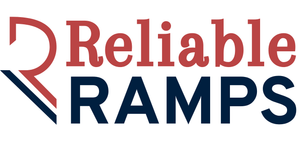


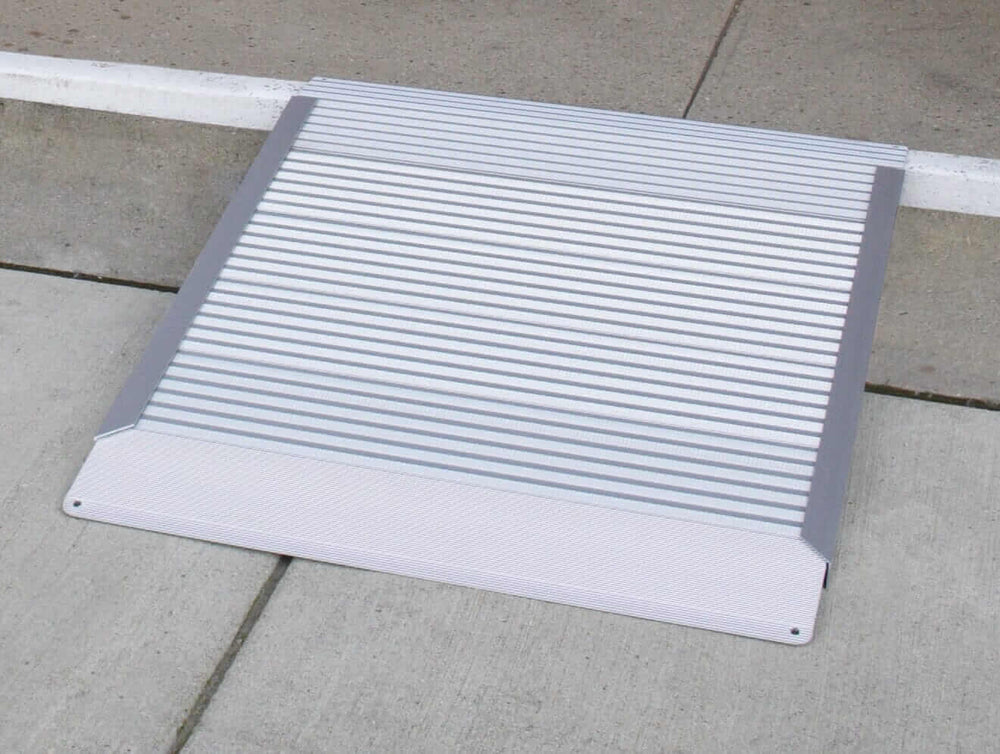
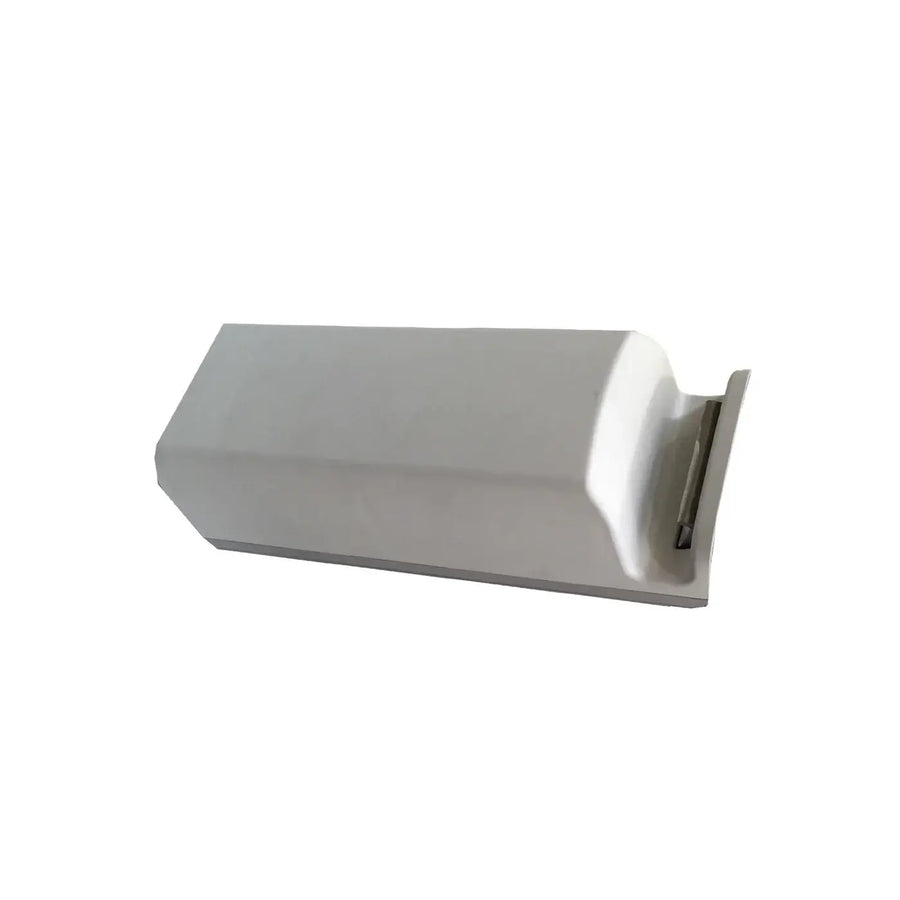
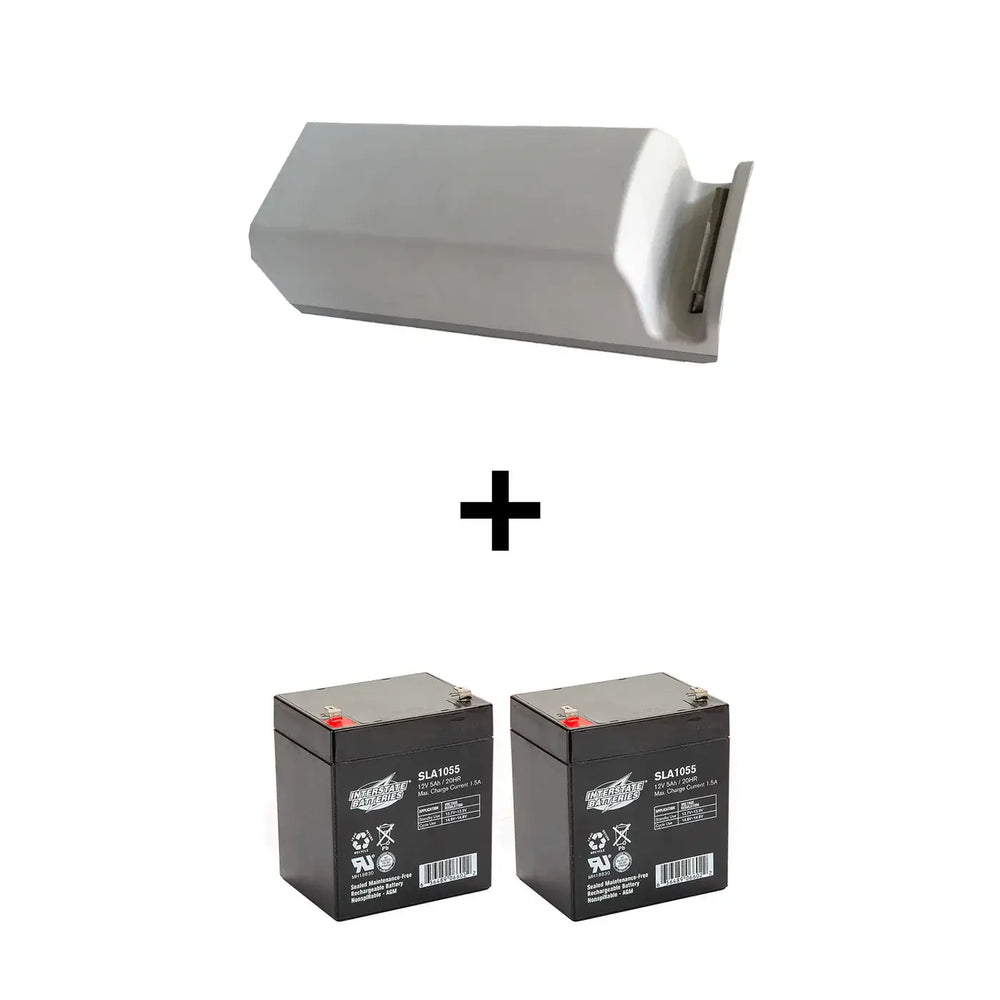

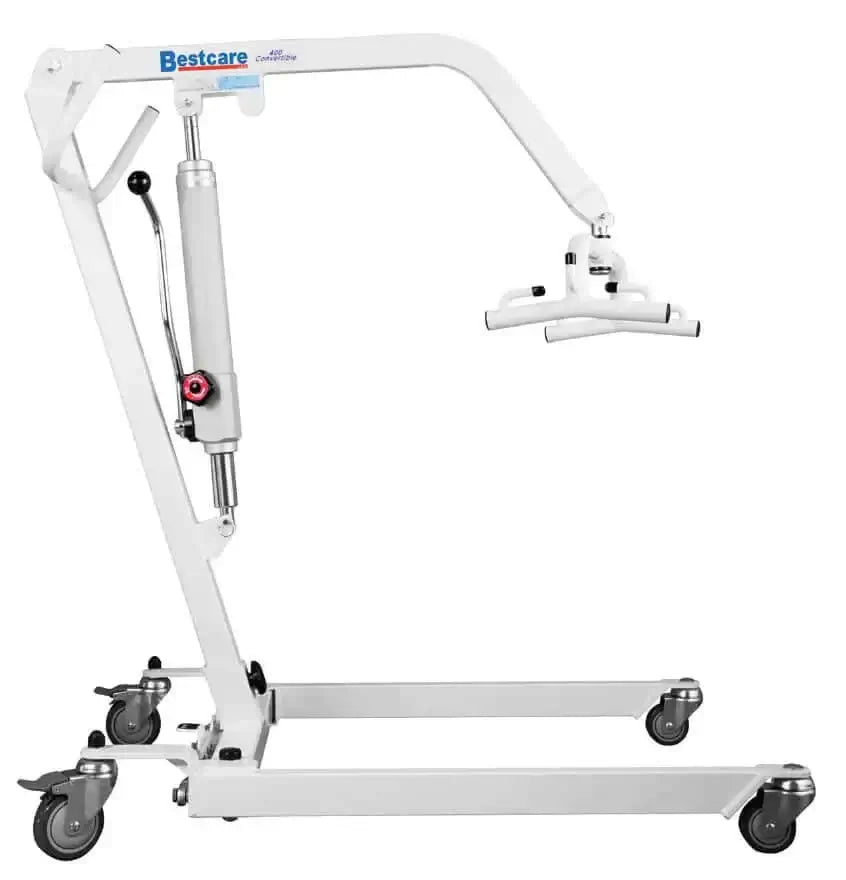
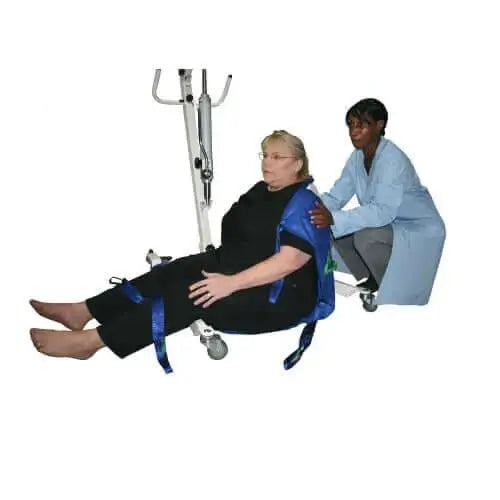
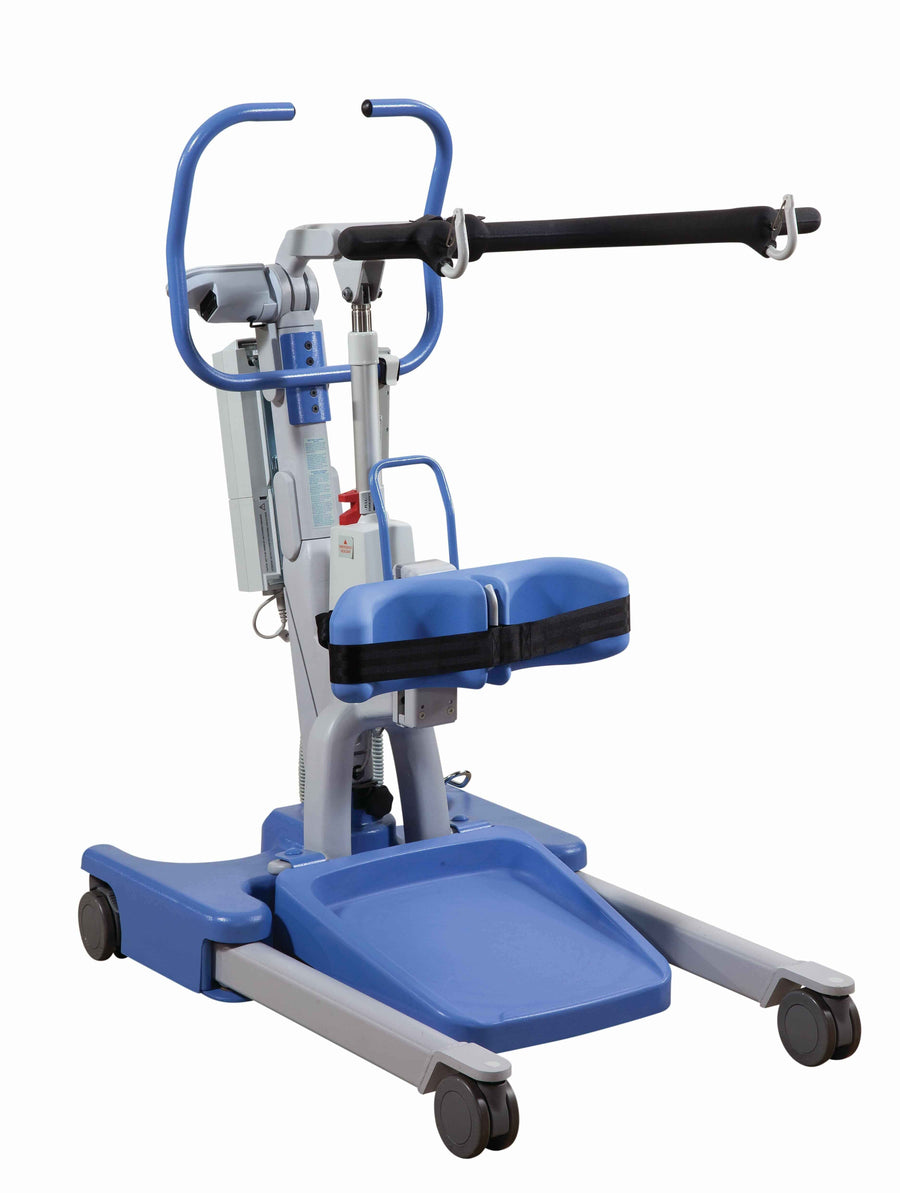
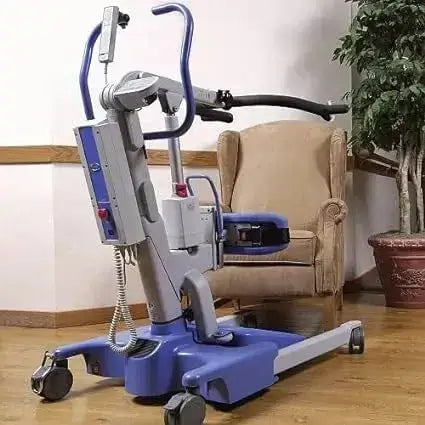
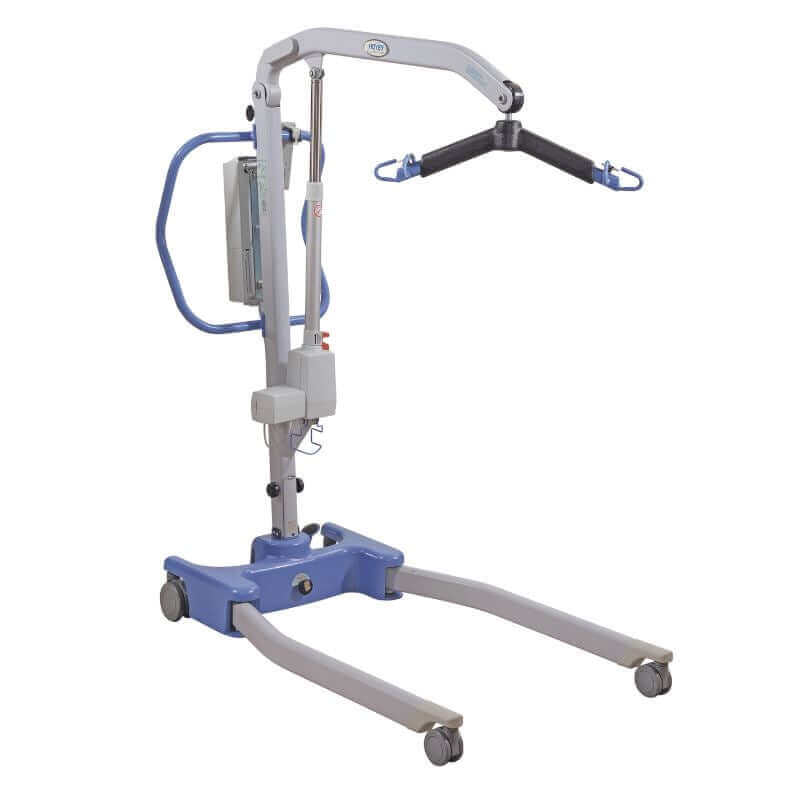
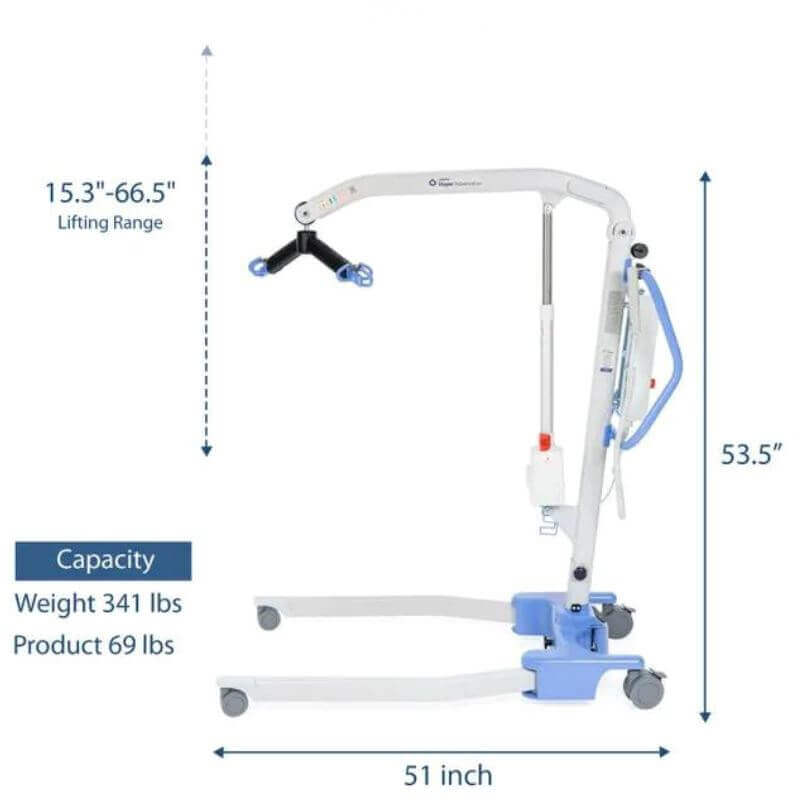
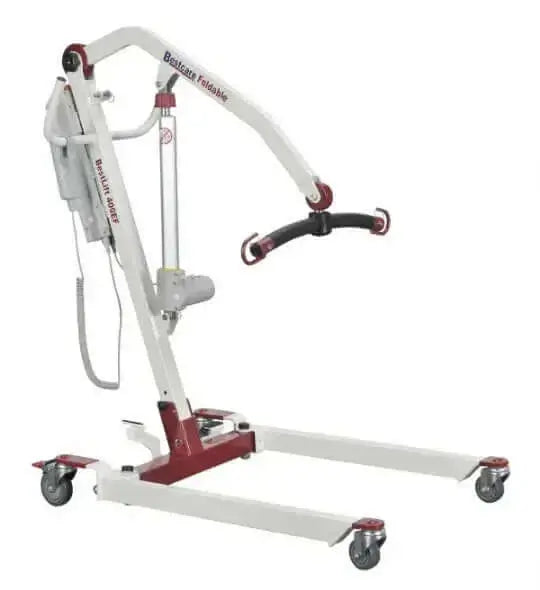
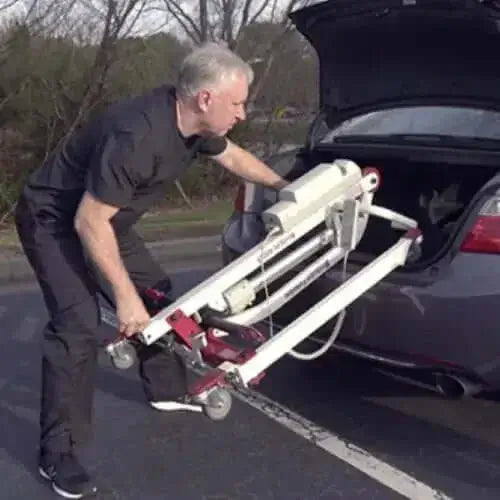
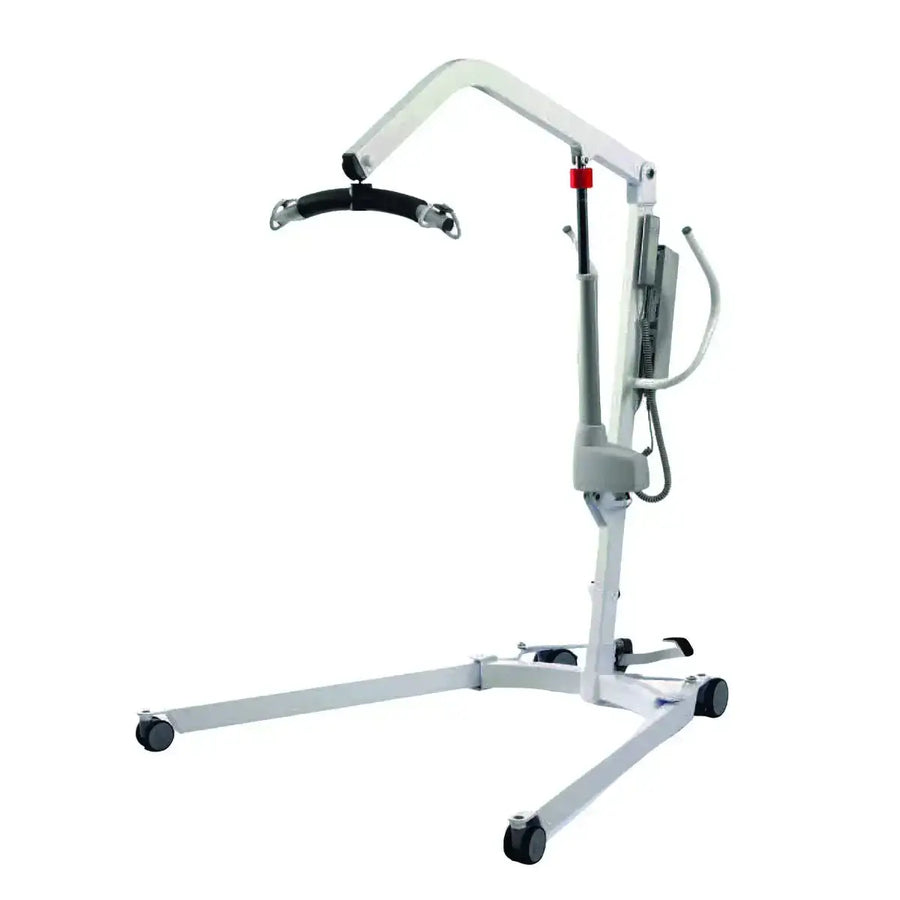
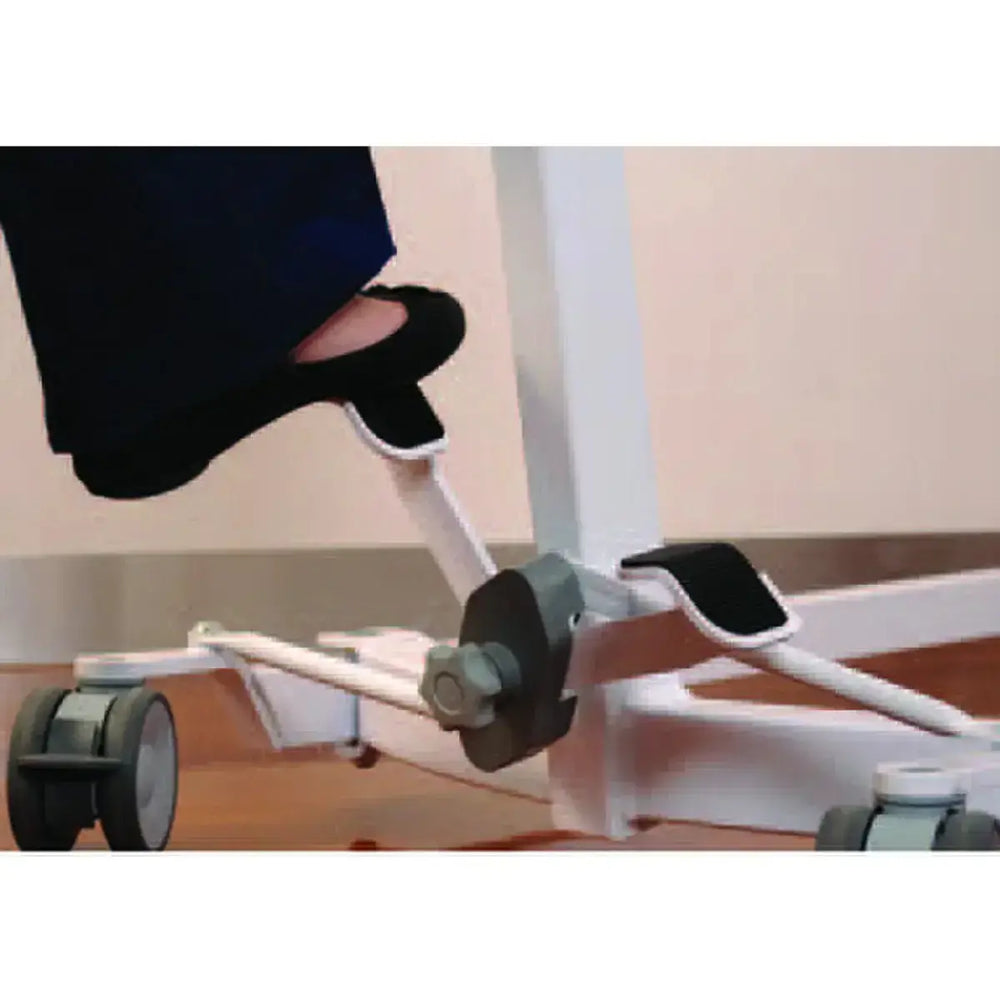
Leave a comment